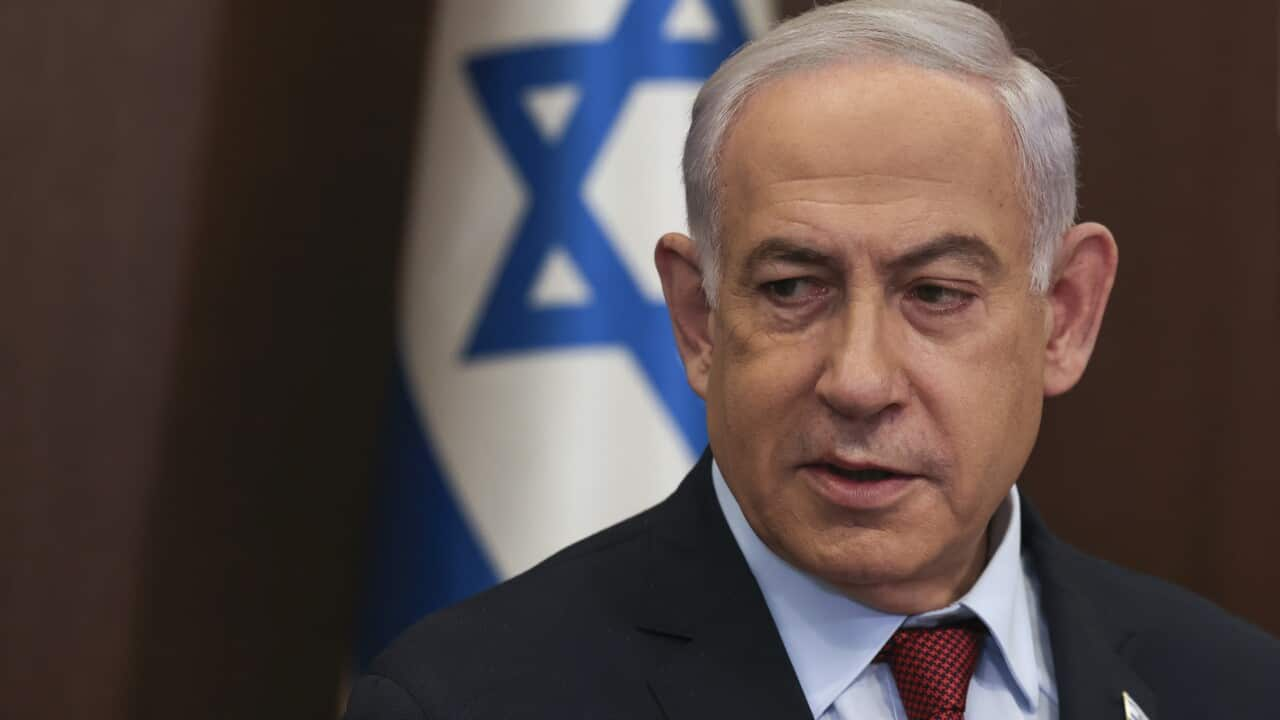A long-awaited ceasefire in the Hamas-Israel war has been delayed after Prime Minister Benjamin Netanyahu said at the last minute that it would not take effect until the Palestinian militant group provided a list of the hostages to be released.
Hamas, while “affirming its commitment” to the terms of the ceasefire, said: “The delay in providing the names of those to be released in the first batch is due to technical reasons.”
A statement from Netanyahu’s office, issued less than an hour before the truce was to start at 8.30am (5.30pm AEDT), said he had “instructed the IDF (military) that the ceasefire… will not begin until Israel has received the list”.
The initial exchange was to see three Israeli hostages released from captivity in return for a first group of Palestinian prisoners.
If the ceasefire goes ahead, a total of 33 hostages taken by militants during Hamas’s 7 October, 2023 attack on Israel will be returned from Gaza during an initial 42-day truce.
More than 1,200 people were killed in Hamas’ October 7 attack and over 200 hostages were taken, according to the Israeli government.
Nearly 47,000 people have been killed in Gaza since 7 October 2023, according to the health ministry in Gaza, including 123 killed in Israeli strikes since the ceasefire deal was announced on Wednesday, according to emergency services.
The October 7 attack was a significant escalation in the long-standing conflict between Israel and Hamas, which rules Gaza.
What is in the Gaza ceasefire deal?
The three-phased agreement is set to halt a 15-month-old war between Hamas and Israel.
The Israeli cabinet ratified the ceasefire deal which is meant to stop fighting and see the release of dozens of hostages held by Hamas in return for scores of Palestinians jailed in Israel. Its first stage will last six weeks.
The truce is intended to pave the way for an end to more than 15 months of war sparked by the October 7 attack, the deadliest in Israeli history.
It follows a deal struck by mediators Qatar, the United States and Egypt after months of negotiations, and takes effect on the eve of Donald Trump’s inauguration as US president.
In a televised address on Saturday, Prime Minister Benjamin Netanyahu said Israel had US support to return to war if necessary.
Calling the 42-day first phase a “temporary ceasefire”, he said: “If we are forced to resume the war, we will do so with force.”
Fighting continued right up to the eve of the truce, with Gaza’s civil defence agency saying that at least five members of one family were killed when an Israeli strike hit their tent in the southern city of Khan Yunis.
‘I will go to kiss my land’
Even ahead of the truce, Gazans displaced by the war to other parts of the devastated territory were preparing to return home.
“I will go to kiss my land,” said Nasr al-Gharabli, who fled his home in Gaza City for a camp farther south. “If I die on my land, it would be better than being here as a displaced person.”
The Israeli army warned Gaza residents early Sunday not to approach its forces or Israeli territory.
“We urge you not to head towards the buffer zone or IDF forces for your safety,” military spokesman Avichay Adraee said on Telegram. “At this stage, heading towards the buffer zone or moving from south to north via Gaza Valley puts you at risk. Anyone heading towards these areas endangers themselves.”
